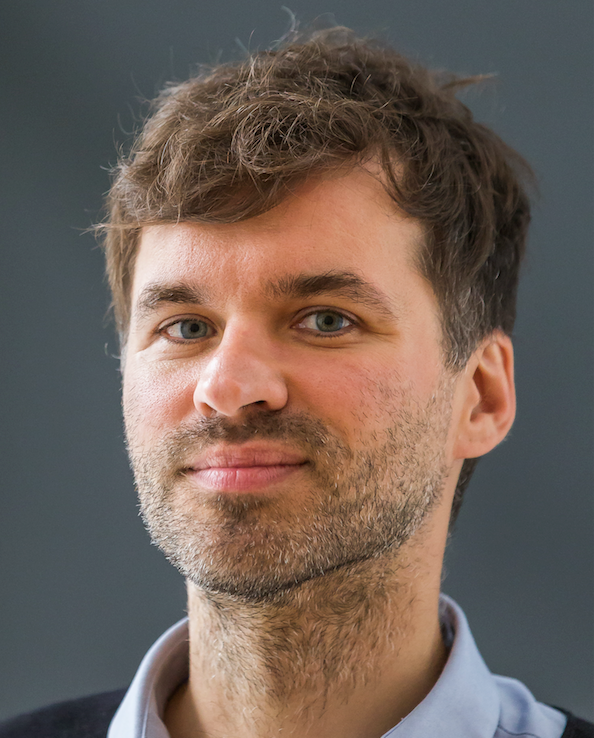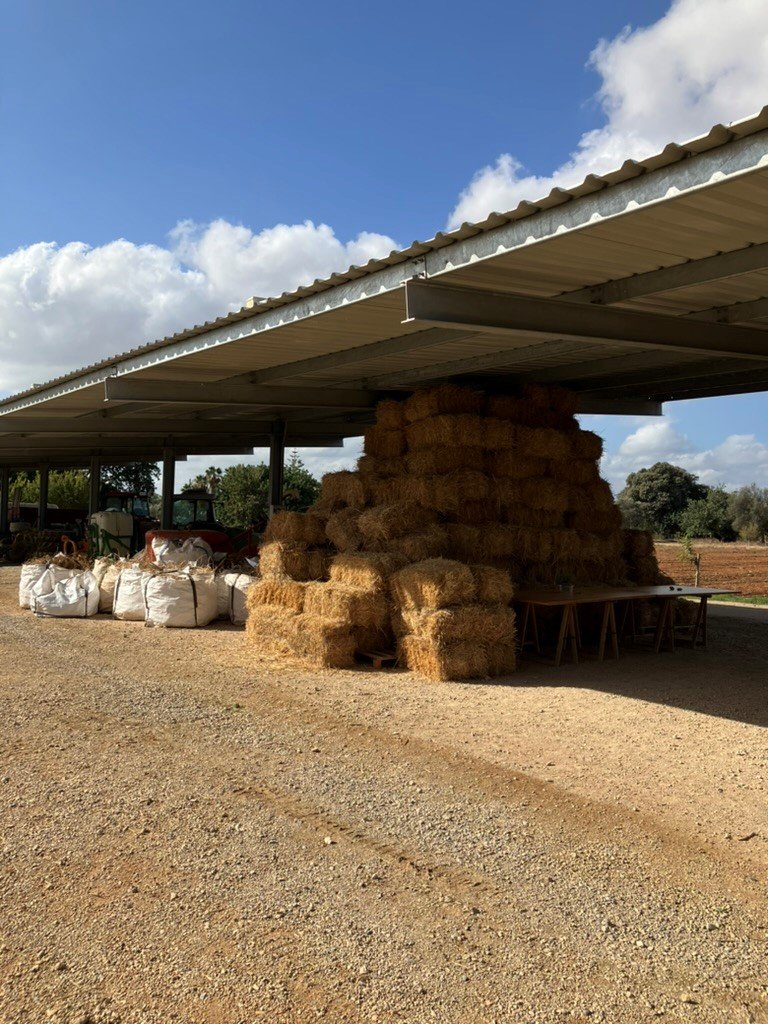Sebastian Cichocki

In 2022, 41 contemporary art curators, researchers, and museum directors from 24 different countries were awarded to attend the CIMAM 2022 Annual Conference. The CIMAM 2022 Annual Conference, titled "The Attentive Museum. Permeable Practices for a Common Ground", was held in Mallorca (Balearic Islands), Spain on 11–13 November, hosted by Es Baluard Museu d'Art Contemporani de Palma.
Sebastian Cichocki's Conference Report
A cloudless, surprisingly hot afternoon at Casa Esment, outside of Pama de Mallorca. This is the second day of the 60th CIMAM gathering. We’re sitting in a circle under the long flat roof in a kind of barn structure, next to a tractor and bales of hay. We can see open fields; the smell of sage and rosemary are ubiquitous. A rural haven. This is a workshop part, conducted by the museum colleague and ally, Susanne Cotter. We’re sitting in a circle, inhaling the herbs and sharing thoughts, concerns., and institutional fantasies. Where are we heading from here? Is there an afterlife for a XIXth century specter of a museum? Is art about how one does things rather than what it is? Can a museum be designed after the movement of a caterpillar (as one of the CIMAM conference participants, Meskerem Assegued Bantiwalu, suggested in her disarmingly sincere lecture)? Those shared stories are touching. We agree that a museum can be many things. The museum can also be a sanctuary to provide a safe space for refugees and anybody in need, a community garden, a free university, a group therapy, or an alternative economic zone. There is no reason to keep clinging to the superannuated guidelines, especially in a time of the planetary collapse. Nevertheless, not everybody in the group is enamoured with the idea of turning a museum into a greenhouse. We are worried about the fate of artworks accumulated in our storage rooms. Poor things.
I’m drifting away for quite a while. Looking at the bales of hay behind Susanne’s back I contemplate forms and colours– these forms are beautifully composed. My fixation on conceptual art from Eastern Europe brings back one particular photograph from the late 1960s: the Slovenian art collective OHO was captured whole sitting on a pile of hay inside a gallery. They looked incredibly handsome, smoking cigarettes, relaxed and intellectual. OHO labelled themselves as “transcendental conceptualists”. Or maybe somebody else did, for lack of a better term. What they mastered was a unique amalgam of farming, art, craft, esoteric and ecological elements. They tested the possibility of abandoning art in the 1960s, posing a question about changing the way artists might function within society. Should we, the museum art workers, do the same now? In the end, OHO settled on an abandoned farm and started a commune. I keep thinking about these collective while listening to all the testimonies from my group number 6. There is a promise in making things simple. I chew the sage and pick some small chili peppers.
The same day we listen to a quite rebellious presentation by Clémentine Deliss. While questioning whether museums can fulfill their role as civic venues for democratic processes (this is how I read this presentation from a Polish, disillusioned perspective), Clémentine brought some noble stories from the past. One of them resonates strongly with our current efforts, the Eastern European art workers who are busy creating safe spaces for those who suffer from Russia’s imperialist and genocidal invasion of Ukraine. We look at one slide, which evokes one of the most profound acts of museological empathy in practice. It was 1945 when Ernst Fischer, the director of Malmö Konstmuseum, decided to open the institution as a refugee camp. For six months, the museum did not admit visitors, instead opening its doors to female prisoners from liberated concentration camps such as Ravensbrück. Surrounded by works of art, the unusual guests slept, cooked, prayed, and even made art on the premises.
Nobody said it out loud, during that memorable gathering in a farming barn in Mallorca, but we might need a radically different approach to museology and exhibition-making in an era of the climate crisis and a full-scale war in one of the European countries. But for a while, it felt easy to think about museums in a new way, while looking at the green fields around us. We could start by questioning the very nature of the art system, lumbered with a number of serious shortcomings, like a tendency toward competitiveness, elitism, overproduction, pomposity, and wastefulness. The rest will come organically.
